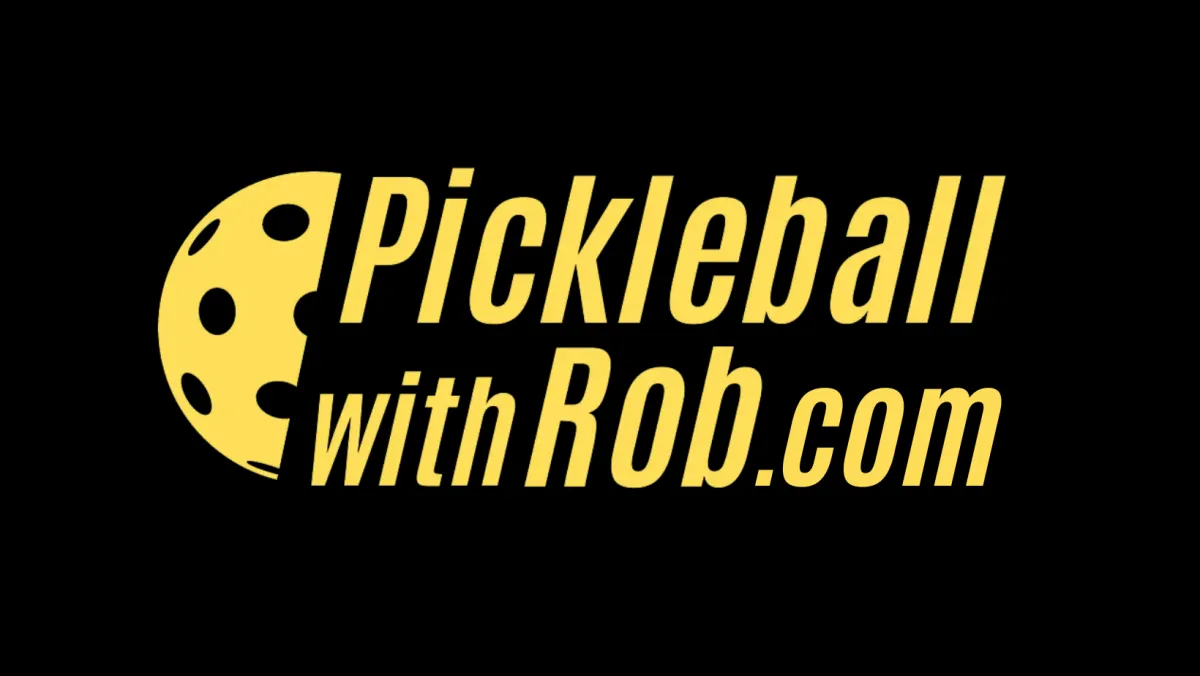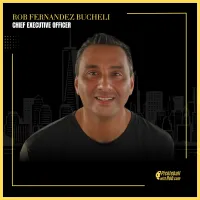WELCOME TO
PICKLEBALL WITH ROB
PLAY WITH PROS
Discover How We Help Pickleball Players Transform Their Game
& Provide the Ultimate Pickleball Fan Experience By Participating In
WORKSHOPS & VACATIONS WITH YOUR FAVORITE PROS
...all by learning the SECRET WEAPON: PICKLEBALLOS Blueprint.
Join our next vacation of
PICKLEBALL PLAYERS OF ALL LEVELS WHO WANT TO LEARN & PLAY WITH PROS
Watch The Video Then Scroll Down The Page To
See Top Pros Who You May See On Your Next Trip.
Watch The Video Then Scroll Down The Page To See Top Pros Who You May See On Your Next Trip.
Turn Volume Up When You Play This Video
A QUICK OVERVIEW OF WHAT TO EXPECT
Top pros have shared with me what has taken other players decades of playing to fully understand…
And I am just going to give it to you and help compress time…

AWAKEN YOUR PICKLEBALL POTENTIAL WITH WEAPONS AND A SOFT GAME WITH A FOCUS ON RAISING YOUR PICKLEBALL IQ TO ANOTHER LEVEL
Step #1
EnergizeYour Body

Pickleball players often have difficulty dealing with their emotions on the court.
This hinders them from reaching 100% of their true playing potential.
Some players suppress emotions until it leads to anxiety or decreased performance.
We provide “state-changing” tools to reprogram your game for enhanced skill and connection.
Reduce stress impacting focus and increase natural feel-good neurotransmitters.
Experience more focused play, stronger connections, and peak performance.
Enter a flow state in your game like never before.
Step #2
EvolveYour Mind

In the realm of pickleball, we recognize the mental aspect is crucial, comprising 30%, 50%, or even 90% of the game.
However, the pivotal question is: What proactive steps are you taking to enhance your mental fitness for optimal performance?
The moment you embark on the journey of mental fitness, you unlock the potential to elevate your game to unprecedented levels.
It's the transformative juncture where you discover the nuances of improvement by adopting a fresh perspective.
As this understanding takes root, you'll find yourself propelled toward enhanced mental fitness. The awareness of perceiving the game differently becomes a catalyst for your progression, guiding you to perform at your absolute best on the pickleball court.
By participating in our Pickleball Pro Workshops and Pickleball Pro Vacations, you'll eradicate restrictive beliefs and be equipped with the necessary tools.
This empowerment process will elevate your Mental Pickleball IQ, enabling you to chart your unique course for improvement immediately.
Step #2
EvolveYour Mind

Step #3
Execute WithYour Ability

Many times, we go and play Pickleball, but don't improve our Pickleball level or at a faster rate that we would like.
We get stuck making the same mistakes week after week.
With PICKLEBALLOS, you will discover how to drill properly with the right strategy and tactics to use.
When you grasp that your decisions on the court can drastically improve your game, it will be an eye awakening experience.
You will realize that you have had the answer all the time and we will help get you realigned.
You will walk away with a better structured game that makes you feel confident in your decisions and improved play.
Instead of being reactive, you become proactive.
Once you recognize the power of effective systems and making the right decisions, you're prepared to implement the PICKLEBALLOS, unlocking unparalleled achievements on the pickleball court.
By implementing the 3E Methodology it’s not just that you’ll be a better pickleball player, but also you’ll have true mastery on or off the court, over MIND, BODY and ABILITY…
MEET A FEW PICKLEBALL PLAYERS THAT HAVE ADOPTED THE SYSTEM AND INCREASED THEIR LEVEL OF PLAY AT A WORKSHOP OR VACATION…
“Wow, I learned so much. If you want to learn to play pickleball from beginner to intermediate, make sure you call Rob.”
“Wow, I learned so much. If you want to learn to play pickleball from beginner to intermediate, make sure you call Rob.”
Helen
“Rob transitioned my college tennis game to a pickleball game in a week…now I am playing with pros.”
“Rob transitioned my college tennis game to a pickleball game in a week…now I am playing with pros.”
Mario
“As a beginner he laid down the foundation step by step and it was so easy to learn and he gives you the reason why so it makes sense to learn the right way.”
“As a beginner he laid down the foundation step by step and it was so easy to learn and he gives you the reason why so it makes sense to learn the right way.”
Susan
“He helped me get my serves deep and hard and helped with a great control of the pace. He gets you amped up to play.”
“He helped me get my serves deep and hard and helped with a great control of the pace. He gets you amped up to play.”
Andrew (in the blue shirt)
“I liked Rob from my first phone call. He tailors the training to the person and has a great personality. I think you are lucky to work with Rob to help get you to the next level.”
“I liked Rob from my first phone call. He tailors the training to the person and has a great personality. I think you are lucky to work with Rob to help get you to the next level.”
Monica
“I have a tennis background and he helped with tactics and strategy to be able to beat better players. Rob is the right guy to team up with.”
“I have a tennis background and he helped with tactics and strategy to be able to beat better players. Rob is the right guy to team up with.”
Pablo (in the red jacket)
ACCELERATE YOUR MASTERY ON VACATION OR WORKSHOP WITH THE PICKLEBALLOS BLUEPRINT...
We've guided over 20,000+ players in accelerating beyond basic skills, 1000+ players in transforming into expert levels, and a select few in achieving elite status.
And what we've found is that it's all about focusing on the right systems at the right time to collapse the time of your learning curve and transform to a higher level, FASTER...


You're only one decision away...
Are you ready to join and TRANSFORM YOUR GAME FASTER AND WITH A PRO ON VACATION OR A WORKSHOP?
If so, apply for the PLAY WITH PROS below...
< EMBED CALENDAR >
Applying does NOT guarantee you will get in – you must FIND a way in.
Start the process and get on the waiting list by clicking above.
WHEN YOU MASTER YOUR GAME
WHEN YOU MASTER
YOUR GAME
YOU WIN MORE OFTEN...
YOU WIN
MORE OFTEN...
MEET YOUR GUIDES ON THIS JOURNEY...
The PICKLEBALL Mentors have taught thousands of students in person on vacation and at workshops. They will help you improve in the first 30 minutes and will help hold you accountable every step of the way to make sure you reach your peak performance...
Rob Fernandez Bucheli | Mind Mastery Mentor

Experience:
Lost 70 lbs. playing Pickleball
Rob and Staff Taught OVER 20,000 students
Interviewed the top pros to learn their best tips
Elite USPTA Certified Tennis Pro and USPTA Pickleball Pro
Education: Mechanical Engineer, Mental Fitness Expert
Michelle Esquivel | Body Mastery Mentor
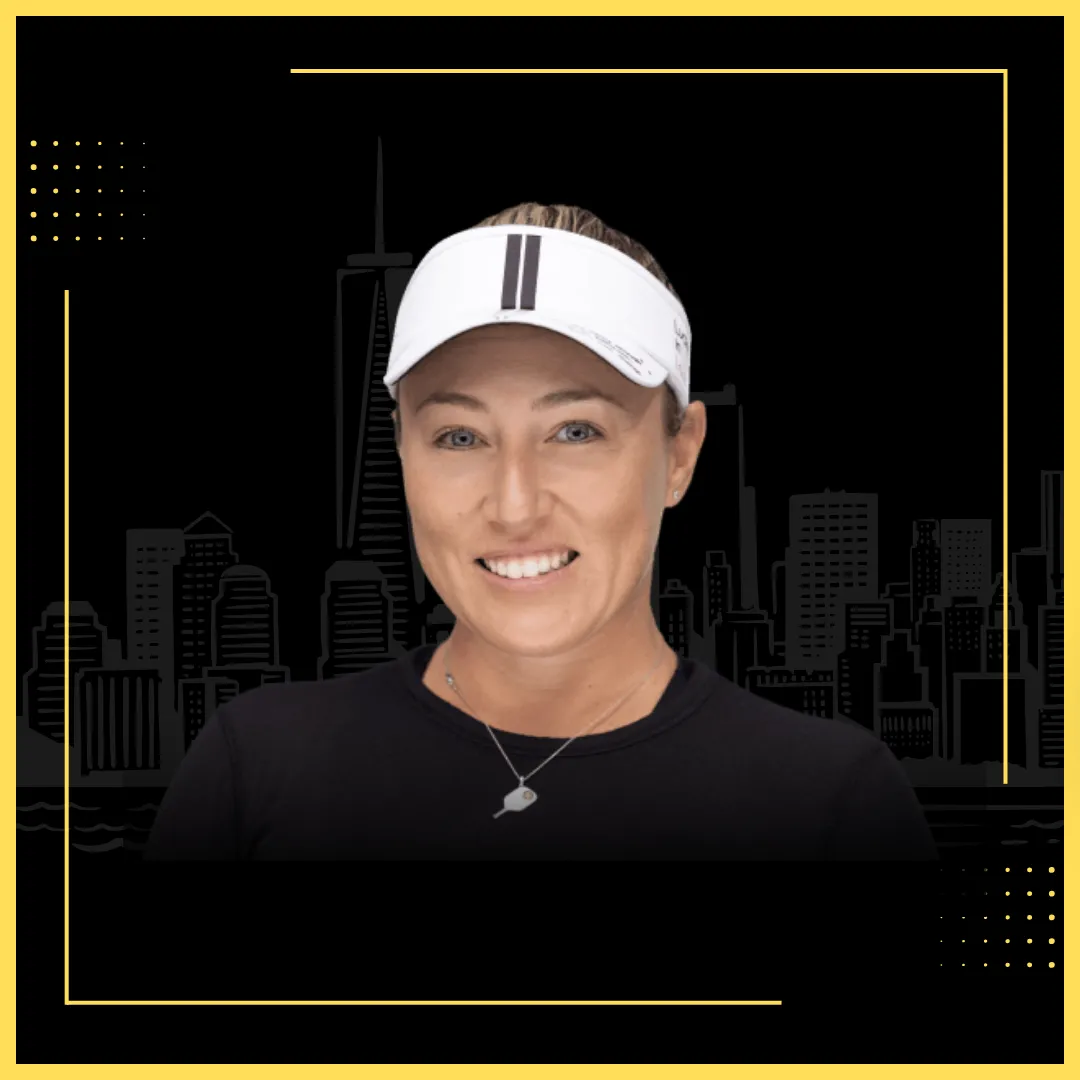
Experience:
Active PPA and MLP Pickleball pro athlete
5.48 Doubles DUPR & 5.89 Singles DUPR
Ranking globally #17 in Singles
Ranked globally #19 in Doubles
Has a powerful charismatic style and passion
Radiates and is a fan favorite
Has directed Pickleball Academies and led Pickleball Vacations with Ben Johns, Collin Johns & Dekel Bar

Rob Cassidy | Ability Mastery Mentor

Experience:
Active PPA and MLP Pickleball pro athlete
6.46 Doubles & 6.35 Singles DUPR
Ranking globally #49 in Singles
Ranked globally #33 in Doubles
Has become a nationally recognized pickleball instructor and top player
Certified IPTPA instructor
Won the International Indoor Championships, New York State Championships, Hawaiian Open, The Toronto Cup Championships, and US Open
Has directed Pickleball Academies and led Pickleball Vacations with Ben Johns, Collin Johns & Dekel Bar
This is YOUR OPPORTUNITY to join a special Pickleball Group Who Are Committed to Unlocking Their Full Pickleball Potential on and off the court...
Do You Choose to Join Them?
No Catch. No Strings Attached. No Shenanegans. No Bullshit.
Here Is What You Typically Get On A Pickleball Vacation And Workshop
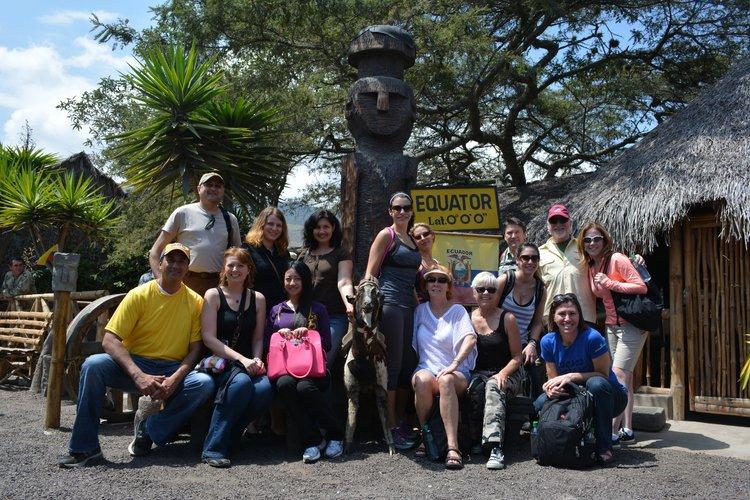
8 Day / 7 Nights
On Vacation
Most Meals
Transportation
Airport Transfers
Accommodations
All Tours & Activities
1.5 hours of Training with a Pro
1.5 hours of Open Play
PICKLEBALLOS Blueprint
8 Day / 7 Nights
On Vacation
Most Meals
Transportation
Airport Transfers
Accommodations
All Tours & Activities
1.5 hours of Training with a Pro
1.5 hours of Open Play
PICKLEBALLOS Blueprint

2-Day & 1-Day Intensive Workshops
Onsite Workshop
Featuring a Top Pro
All Levels
6 Hours of instruction each day
8:1 Student/Teacher Ratio
Players will be grouped with other players of the same level
Receive the PICKLEBALLOS Blueprint
IPTPA/PPR/USPTA Certified Pros
Learn Strategies and Tactics of Pickleball

2-Day & 1-Day Intensive Workshops
Onsite Workshop
Featuring a Top Pro
All Levels
6 Hours of instruction each day
8:1 Student/Teacher Ratio
Players will be grouped with other players of the same level
Receive the PICKLEBALLOS Blueprint
IPTPA/PPR/USPTA Certified Pros
Learn Strategies and Tactics of Pickleball

Start The Process By Clicking Below
BLOG
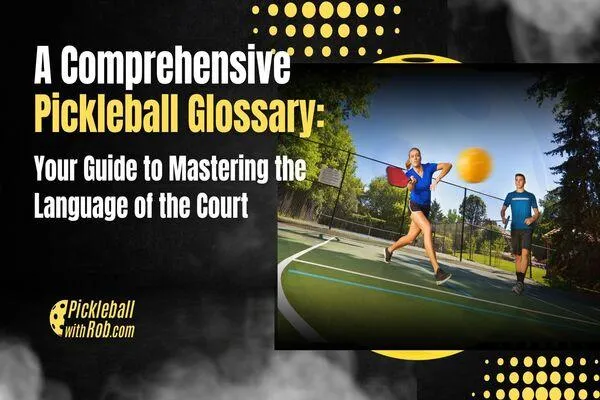
A Comprehensive Pickleball Glossary: Your Guide to Mastering the Language of the Court
Introduction
Welcome to the world of pickleball, where understanding the unique terminology is essential for success on the court. Whether you're a novice player or a seasoned pro, mastering the language of pickleball will enhance your gameplay and communication with fellow players.
In this comprehensive guide, we'll explore an extensive pickleball glossary, covering everything from basic terms to advanced strategies.

So, let's dive in and expand your pickleball vocabulary!
Pickleball Glossary:
Ace: An ace is a serve that your opponent does not return.
Angle Shot: A shot played at a sharp angle to the sidelines or corners of the court, often used to exploit open space and create difficult shots for opponents to return.
Approach Shot: A shot played by the serving team after the return of serve, intended to set up an advantageous position near the net and apply pressure on opponents.
Around the Post: An Around the Post, also known as an ATP, is a shot that does exactly what its name describes. Instead of the ball going over the net like a traditional shot, this shot is hit from outside the sidelines, travels around the post that holds the net, and lands inbounds.
Backcourt: The area near the baseline.
Backhand: A backhand stroke is made on your non-dominant side. You know it’s a backhand hit when the back of your hand is facing the net as you hit the ball.
Backspin: Applying spin to the pickleball by making contact with a high-to-low motion causing the ball to spin in the opposite direction of its flight direction. Often referred to as a slice or chop.
Backswing: When your pickleball paddle is swinging from the ready position before following thru to the forward swing.
Banger: In order to overpower opponents, this player likes to hit hard shots.
Baseline: Line at the back ends of the court.
Bert: When you hit an erne on the other side of the court in front of your partner.
Blast Off: When the server shouts the score of 3-2-1, yell "Blast Off'' for good laughs and an automatic point (just kidding).
Body Bag: When you forcefully hit your opponent with a pickleball, most commonly in the chest.
Bounce It: Often shouted at their partner to alert them that they believe the ball is going to land out of bounds.
Carry: When a pickleball shot does not bounce directly off the pickleball paddle, instead it is carried along the face throughout your shot.
Centerline: The line between the Non-Volley Zone, and base line to divide the court in equal halves.
Champion Shot: A shot that bounces twice in the non-volley zone.
Chop: Slice from high to low to put backspin on the ball.
Cross-Court: The court is diagonally opposite your court. When serving, you must hit the ball cross-court to your opponent.
Dead Ball: Called after a fault, the point is over.
Dink: A dink shot is a soft and controlled shot that is intended to move downward shortly after it clears the net, landing in the no-volley zone or kitchen. (ideally at your opponent's feet).
Dinner: A dink winner.
Double-Bounce Rule: The double-bounce rule dictates that when the ball is served, the receiving team must let it bounce once before returning, and then the serving team must let it bounce once before returning (two bounces).
Double Bounce: A pickleball bounces twice on one side of the court. A double bounce is a fault.
Doubles Pickleball: Pickleball game played with 4 players, two on each team. Doubles can be plated in men, women, and mixed.
Double Hit: When the ball hits a player’s paddle twice before going over the net. If a double hit is the result of one continuous motion (meaning, without a second swing or push), it is technically a legal hit.
Down the Line: A pickleball shot that travels parallel to the sideline, landing just in bounds.
Drive: Forehand shot hit straight and low into the opposing backcourt.
Drop Shot: A groundstroke shot that falls short of the opponent’s position.
Drop Spin: A pickleball shot that is sliced or has backspin shortly after crossing the net. This is a very advanced shot.
Erne: When a player lunges over the corner of the kitchen out of bounds to get closer to the net and smash the ball without breaking the rule of placing your feet in the non-volley zone before the ball hits the ground.
Face: The area of the pickleball paddle that you make contact with the pickleball.
Falafel: A short shot due to hitting the pickleball with little to no power often falls much short of the net.
Fault: A fault is any action that stops play because of a rule violation. A fault by the receiving team results in a point for the serving team; a fault by the serving team results in the server’s loss of serve or a side out.
Flapjack: A midair pickleball shot that you are not able to hit, due to the pickleball not having bounced once on each side of the court.
Flat Face: When a player keeps their pickleball paddle parallel to the net.
Flick Shot: A shot where the paddle is flicked downwards as you hit a ball that would otherwise barely lay in the kitchen and be hard to hit with power or speed.
Follow Through: While swinging your pickleball paddle, the forward motion towards where you are wanting the pickleball to go.
Foot Fault: While serving a player makes contact with the baseline before making contact with the pickleball. A Non-Volley Zone Foot Fault is when a player touches the kitchen or non-volley zone during play. Both of these result in a point for the opposing team/player.
Forehand: A forehand stroke is made with your dominant forearm is facing forward. This is typically the most comfortable and natural stroke.
Game: A series of points in which a team accumulates 11 points. Some games are played to 15 or 21.
Golden Pickle: A variant of "getting pickled," or losing a game with no points scored. What the other team metaphorically earns when they beat you using only their first server, going from 0-0-2 to 11-0-2 without losing a point.
Grip: How a player holds their pickleball paddle or the material wrapped around the handle to provide comfort and protect the pickleball paddle.
Groundstroke: A groundstroke is made just after the ball bounces off the ground.
Half Volley: A half volley is a groundstroke shot where the paddle contacts the ball immediately after it bounces from the court and before the ball rises to its potential height. Some refer to this as a “short hop”.
Head: Part of the pickleball paddle above the handle that includes the face.
Hinder: Any element or occurrence that interferes with play.
Kitchen: Slang term for the Non-Volley Zone. The 7-foot section on both sides of the net, in which a player cannot enter or touch unless the pickleball enters the kitchen.
Layout: When a player throws their body horizontally to return a zinger.
Let: A let is a serve that hits the net and lands in the proper service court. Let serves used to be replayed, but in sanctioned tournaments play continues.
Line Calls: Verbally said or shouted indicated that the shot was inbounds or out of bounds. Another way to show to the opposing team is index finger up means that the shot was out, and a parallel flat hand means that the shot was inbounds.
Lob: A lob is a shot that returns the ball as high and deep as possible attempting to make it over the opposing side’s reach. This forces a tough shot from the backline. While many use the lob, it can be difficult to not leave it up for a slam for the opposing team.
Midcourt: The area between the Non-Volley Zone and the baseline.
Nasty Nelson: While serving, you try to catch the opposing team off guard, aiming to hit your opponent that is not set to receive the serve.
Non-Volley Zone: The 7 feet area on both sides of the net. Players are not allowed to enter the Non-Volley Zone unless a pickleball is bounced within the zone. This is widely referred to as the “Kitchen.”
Overhead Shot: Any pickleball shot that is started above your head and driven downwards.
Overhead Slam: A powerful overhead shot hit downward, often from lobs left short or high bounces. Great to follow with a fist pump!
Open Face: Holding the pickleball paddle with the face tilted upwards.
Paddle: The most important piece of equipment in pickleball.
Painting the Line: A great line shot that lands right on the line.
Passing Shot: A volley aimed at a distance from the player to prevent a return.
Permanent Object: Any object around the pickleball court that may interfere with the flight of the ball. Includes walls, fences, fixtures, the referee, seating, and any other object around or above the court.
Pickle!: Warning shouted by the player serving to alert opposing players the server is soon to serve.
Pickled: Equivalent to being “skunked” in other sports, scoring zero points in a game. The score would be 11-0.
Pickledome: The court where the championship match in a pickleball tournament is played.
Pickler: A pickleball addict, someone who can’t put the pickleball paddle down!
Poach: In doubles, when a player crosses over to their partner’s side to hit a shot.
Put Away: A shot that doesn’t have a chance to be returned. The opposing team can barely put a paddle on the pickleball.
Punch Shot: A quick, short volley shot with a short backswing and follow through.
Rally: A continuous play that occurs after the serve and before a fault.
Ready Position: Ideal position to receive the ball for return. Paddle is in front of the player’s body at chest height with a neutral grip. Weight is evenly balanced on toes and knees are slightly bent.
Receiver: The player diagonally opposite of the server who will return the serve.
Replays: After any discrepancy, the point can be replayed without awarding the point or a side out.
Reset: To stop a rally to bring it into the kitchen for dinking.
Sidespin: A lateral rotation applied to the ball during a shot, causing it to curve in the air and bounce unpredictably upon landing, often used to deceive opponents and change the direction of the ball.
Singles: Playing pickleball with 2 players. One on each side of the court, one on one!
Smash: An overhead shot that is hit with lots of power.
Spin Serve: A serve that utilizes spin to create movement and unpredictability, often executed with sidespin or topspin to challenge opponents' return shots.
Split Step: A stance with a slight bounce to allow for a quick reaction.
Stacking: A strategy in which two players are on the same side of the court before the serve or return, and then transition to separate sides after.
Stroke: Swinging motion of striking the pickleball. Examples are backhand stroke and forehand stroke.
Two-Bounce Rule: After the ball is served the returning team must allow the ball to bounce one time before returning, and the serving team must allow the return to bounce one time before beginning a volley.
Unattackable Ball: A drop shot, dink, or reset show that doesn’t bounce high enough to be attacked and returned. The bounce height is below the top of the net.
Volley: A shot that is hit in the air, during a rally, before the ball has hit the ground.
Stack Formation: A strategic positioning of players on the court, where one player from each team stands on the same side, typically used to create confusion and gain a tactical advantage during play.
Stack Position: A strategic positioning of players on the court, where one player stands behind the other, typically used to maximize court coverage and capitalize on each player's strengths.
Spin Serve: A serve that utilizes spin to create movement and unpredictability, often executed with sidespin or topspin to challenge opponents' return shots.
Third Shot Drop: A strategic shot played by the serving team after the return of serve, intended to land softly in the opponent's non-volley zone and set up a favorable position for the serving team.
Topspin: A forward rotation applied to the ball during a shot, causing it to dip downward and bounce higher upon landing, often used to control the trajectory and pace of the ball.
Two-Bounce Rule: A fundamental rule in pickleball where each team must allow the ball to bounce once on each side of the net before volleying it, promoting longer rallies and strategic play.
Conclusion
Congratulations! You've now expanded your pickleball vocabulary and equipped yourself with a comprehensive understanding of the game's terminology. Whether you're perfecting your dinks or mastering your overhead smashes, these key terms will enhance your communication and strategy on the court.
So, grab your paddle, step onto the court, and let your newfound knowledge elevate your pickleball game to new heights!
Are you not sure of your pickleball level?
No problem!
Click the button below and answer this 60 second quiz to find out your RATING, get your ASSESSMENT with TOP TIPS and your pickleball BLUEPRINT for FREE!
100% FREE of charge!
Pickleball with Rob FAQs
What types of support can I expect?
You will join a private online group to stay connected and be able to ask your questions. Existing members and mentors will be able to provide support directly.
Is this a one-time event?
You can attend an unlimited number of onsite workshops and vacations. Of course, you will always be connected to the private online community group to always stay connected.
What makes PLAY WITH PROS different?
The PRO Experience, Members and THE PICKLEBALL.OS BLUEPRINT. You will have the right tools in your hand, learn LIVE from Pros and stay connected to the private online community.
What happens on my first pickleball workshop or vacation?
You learn the core 3E system to accelerate your training and transform your play the same day.
What results can I expect?
It depends on how much of a student of the game that you want to become. The more you put in, the more you get out.
Does my age or level of play matter?
Age and level of play doesn’t matter as much as how passionate you are about the game and your teachability index. The more you are willing to learn and apply is a better measure to gauge your success.
